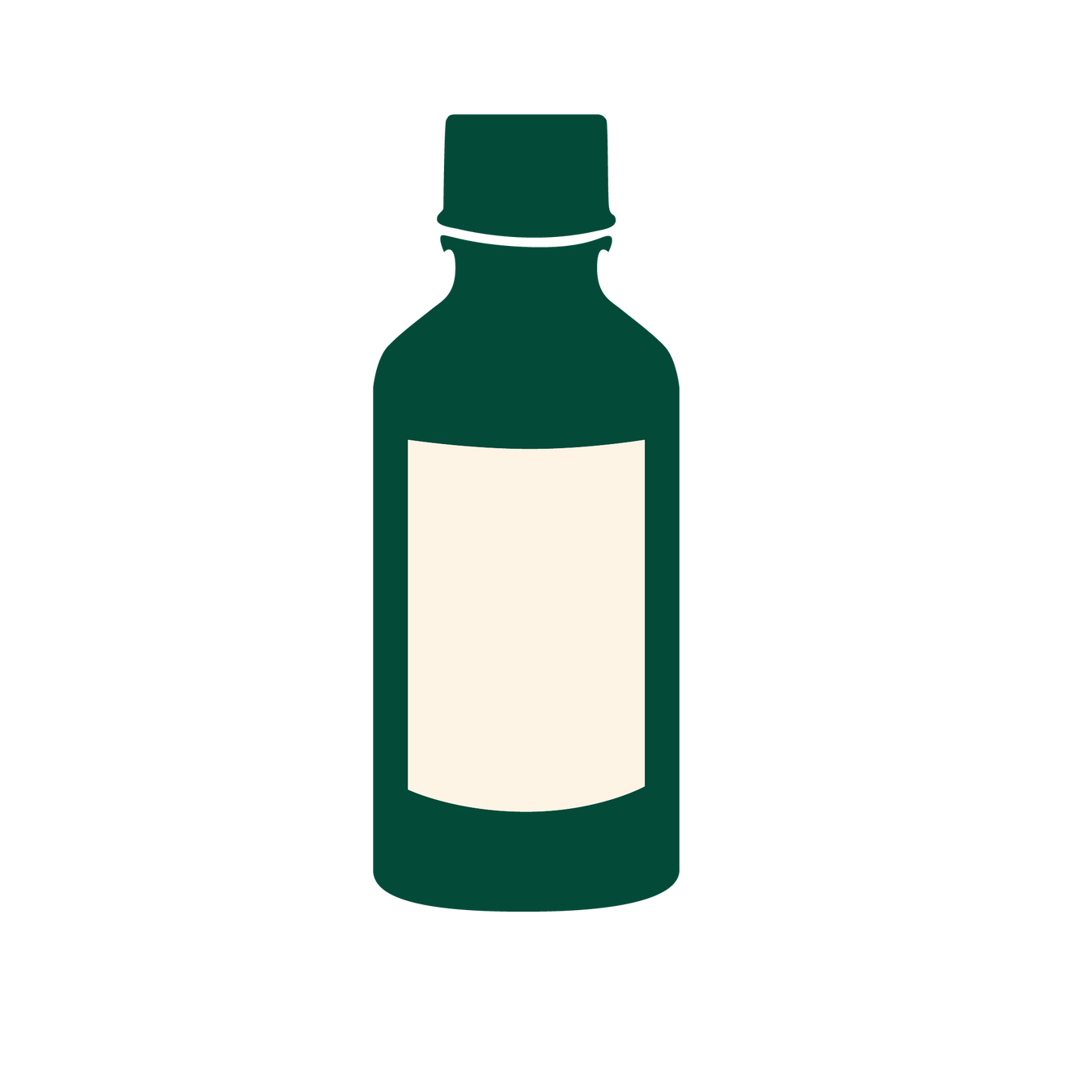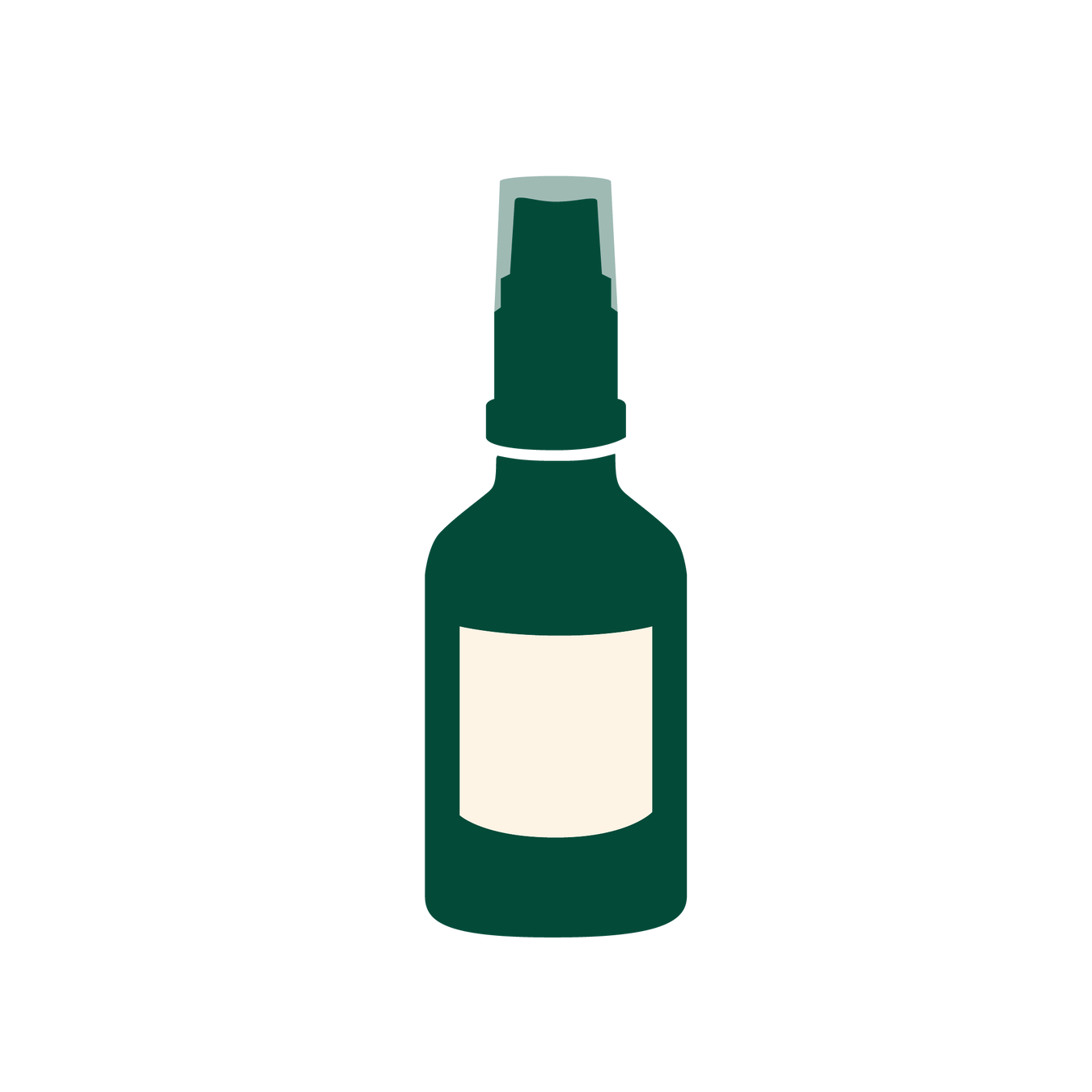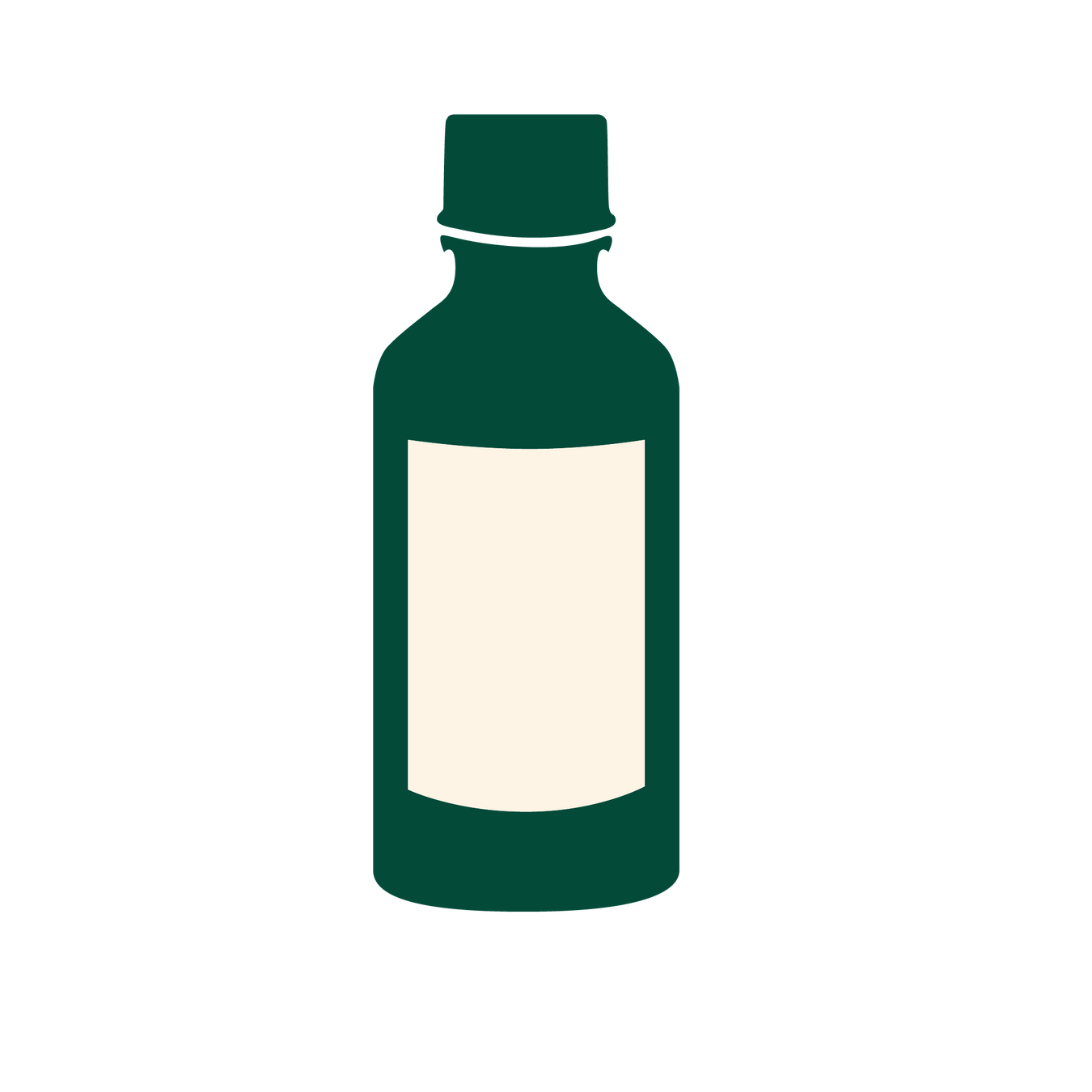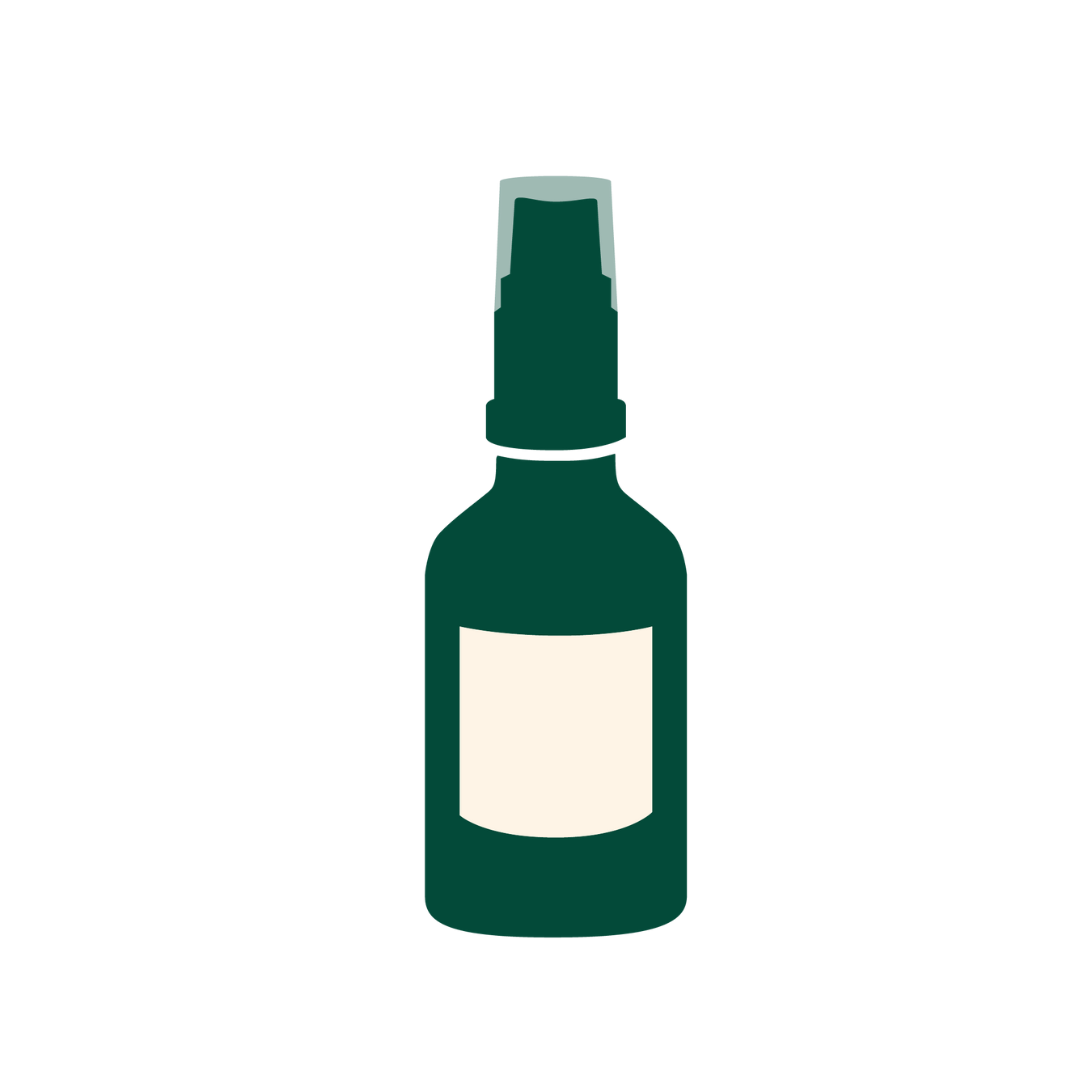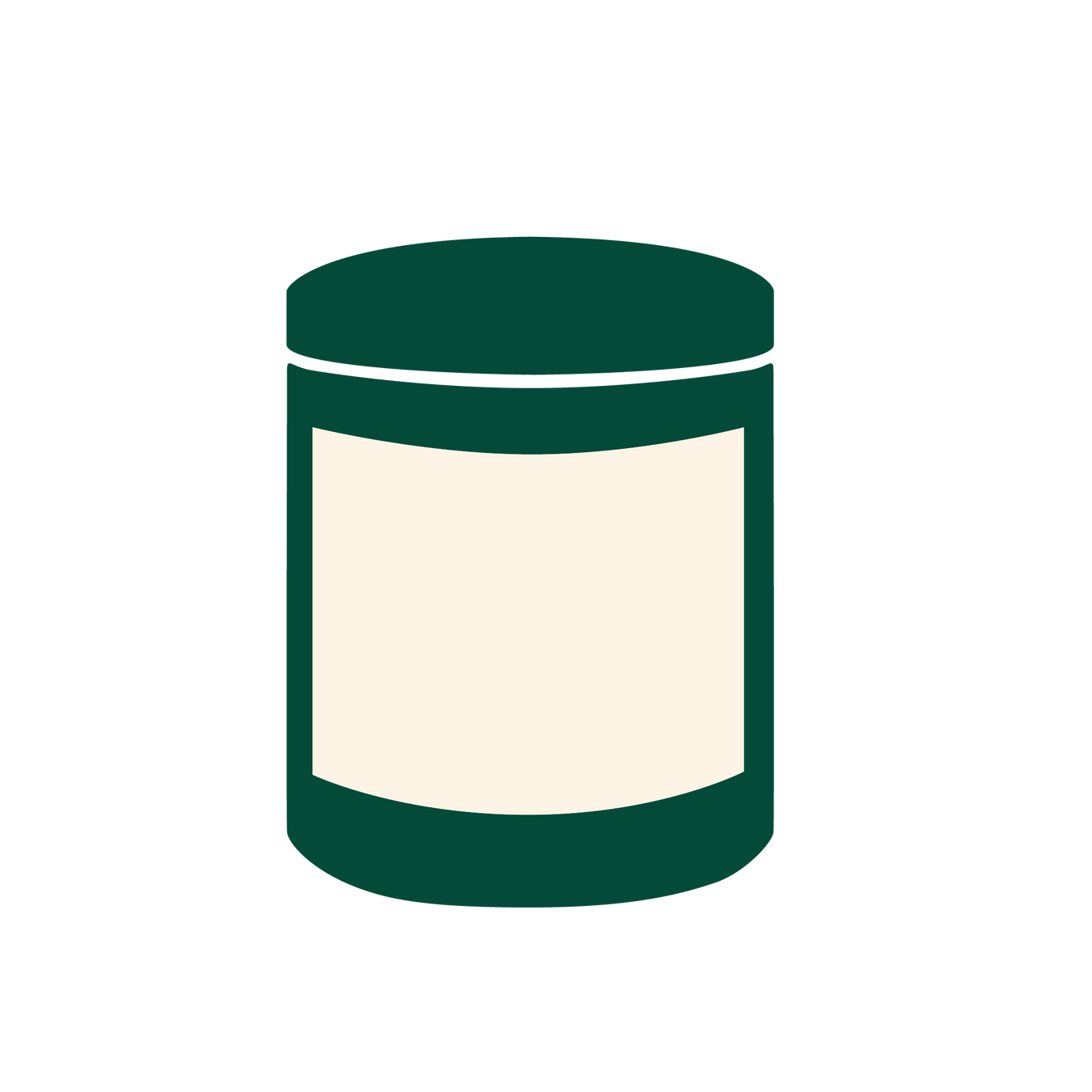The pancreas – the forgotten organ!
The liver and gallbladder are important organs. It's often overlooked that these digestive organs aren't a duo, but a trio. The third organ in the group is the pancreas—the forgotten organ.
Today, let’s let the pancreas have its say:
In medical jargon, the pancreas is called “pancreas” and is derived from the Greek pancreas = meat It is a wedge-shaped gland, approximately 15 cm long, approximately 2 cm thick, and weighing up to 150 grams. The head of the pancreas, embedded in the C-shaped arch of the duodenum, is located in the right upper abdomen. The body of the pancreas lies in the region of the first and second lumbar vertebrae and merges into the tail of the pancreas. The tail of the pancreas extends to the spleen.
The pancreas becomes active when food and liquid are ingested. It begins producing pancreatic juice, and its enzymes perform the actual work of digestion. These enzymes help the body convert the nutrients absorbed through food into endogenous substances. Protein, fat, and carbohydrate-splitting enzymes are released into the small intestine via the pancreatic juice. The digestive enzymes chymotrypsin and trypsin break down protein. Alpha-amylase breaks down sugar, and lipase breaks down fat. These functions are performed by the exocrine pancreatic tissue.
The endocrine tissue of the pancreas produces the hormones insulin and glucagon. Insulin lowers blood sugar, while glucagon increases it. These two hormones keep blood sugar levels as constant as possible.
Fatty foods, carbohydrate-rich foods, and excessive alcohol and cigarette consumption overwhelm the pancreas, causing it to lag behind in producing the necessary enzymes. This manifests itself, among other things, in unpleasant pressure in the upper abdomen and a bloated stomach.
Mother Nature also gives us medicinal plants that can support the pancreas. The Haronga tree is very popular in exotic countries and is also growing in our latitudes. With our Duschlbaur’s mother tincture “Haronga” We would like to take advantage of the special effects of this medicinal plant. It would be a shame not to let this gift from Mother Nature speak for itself.

